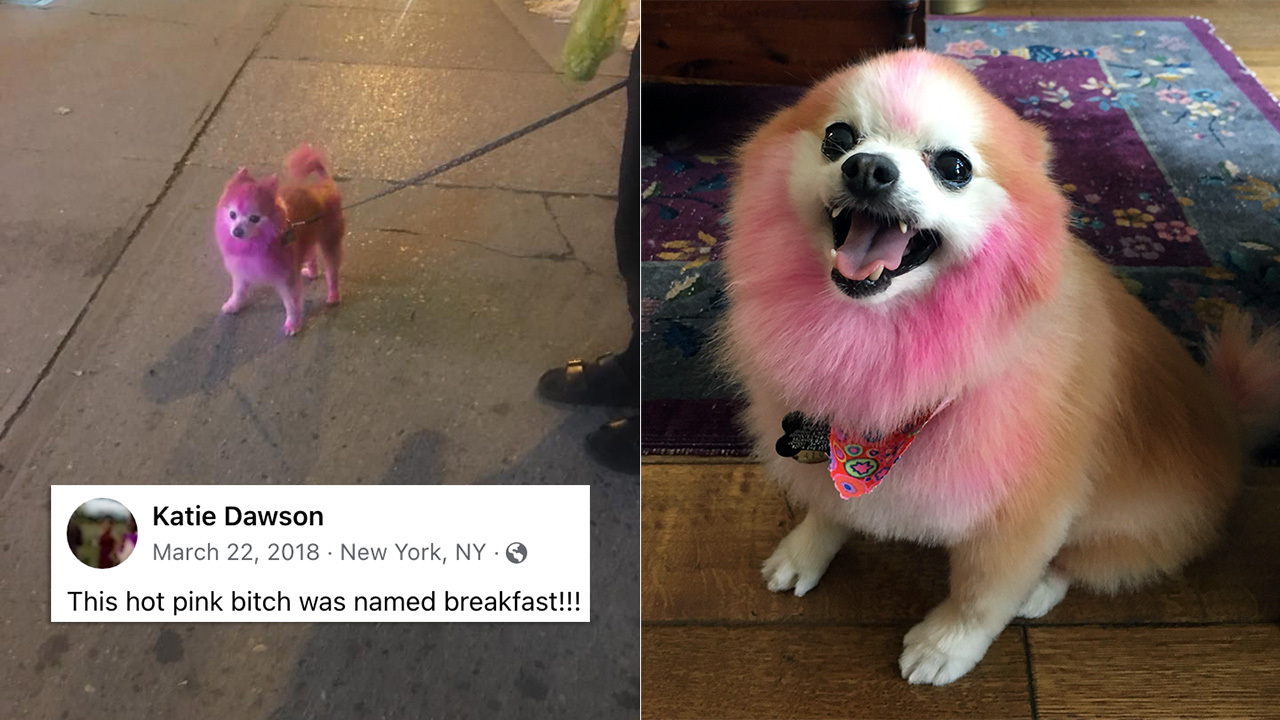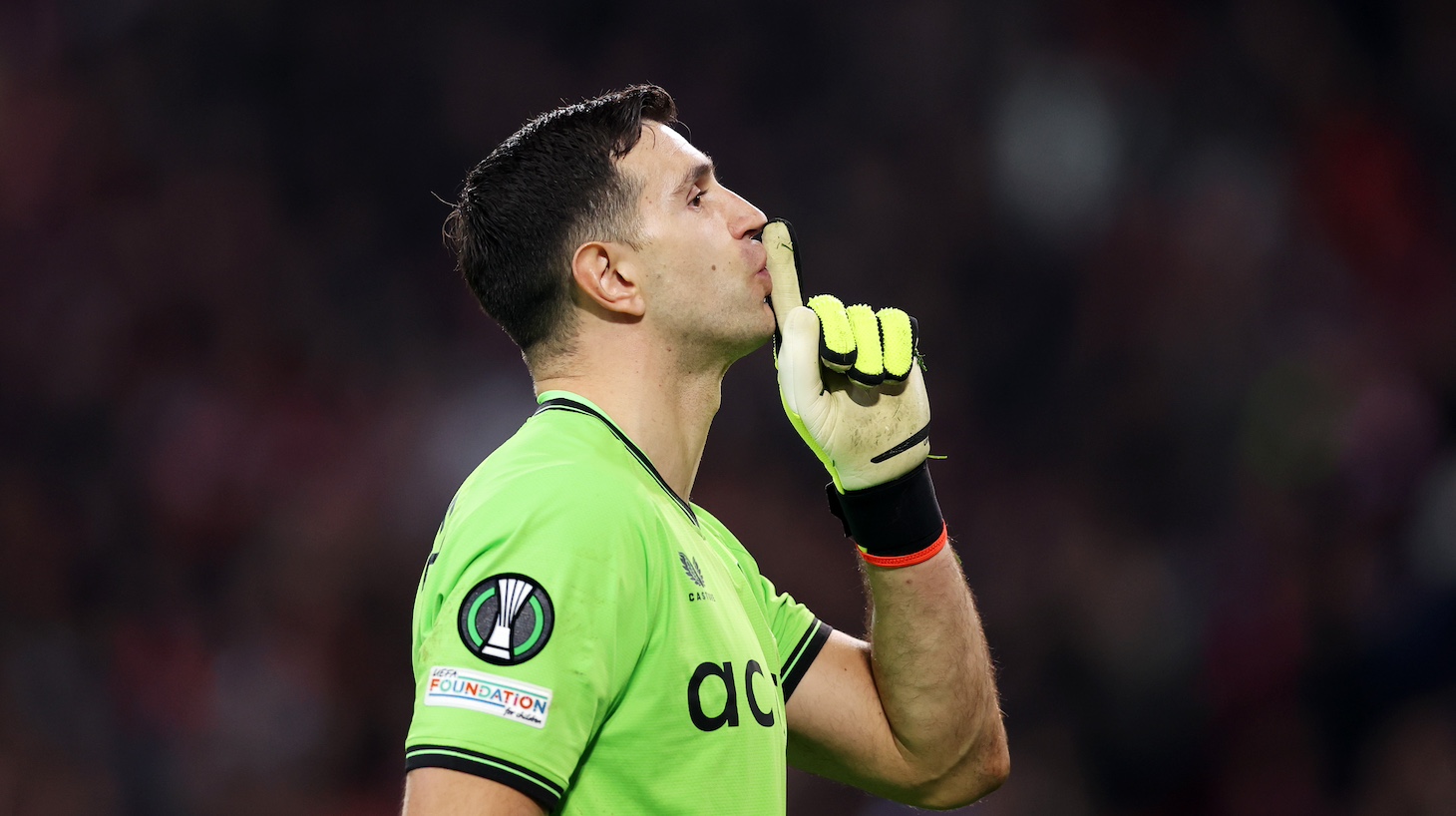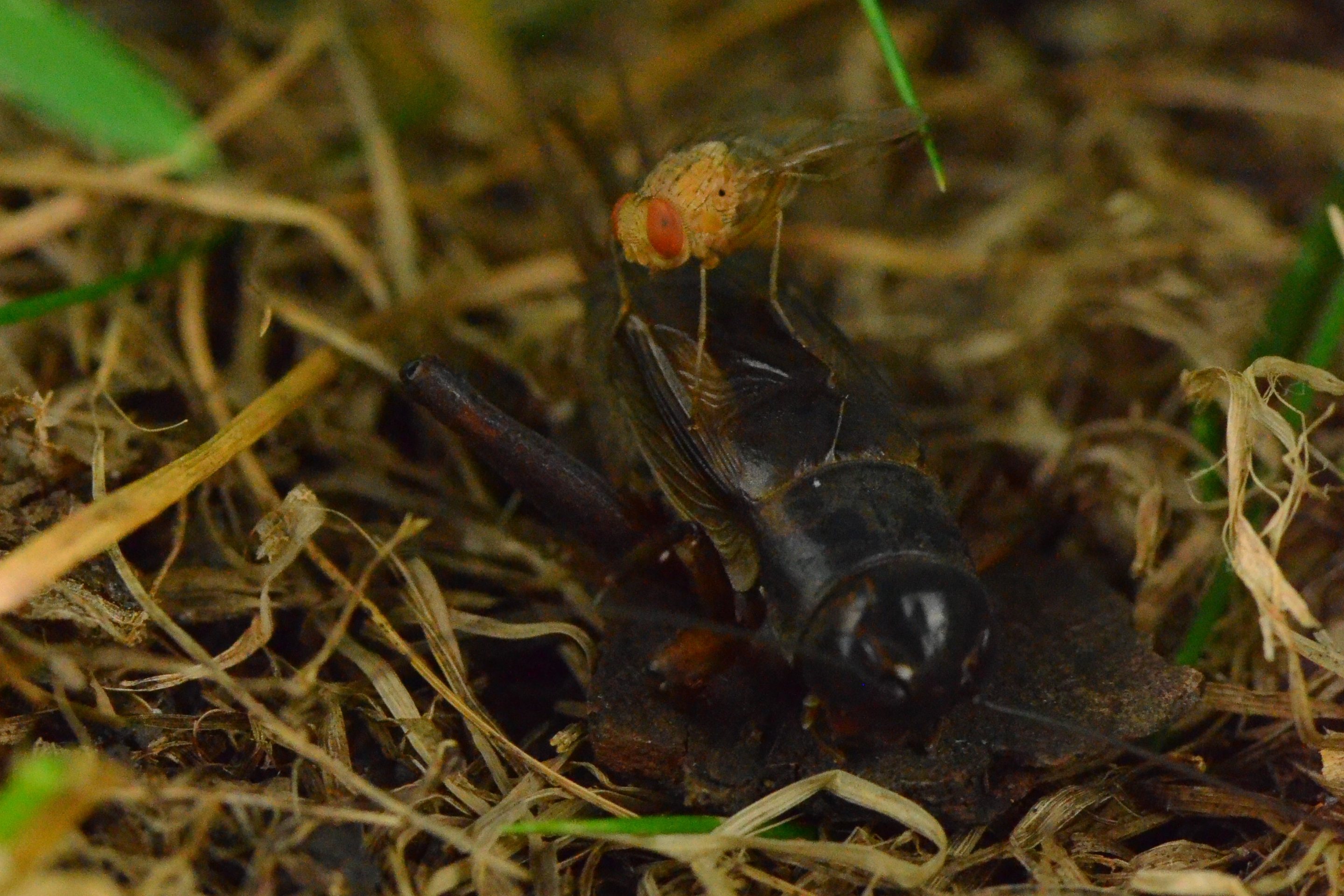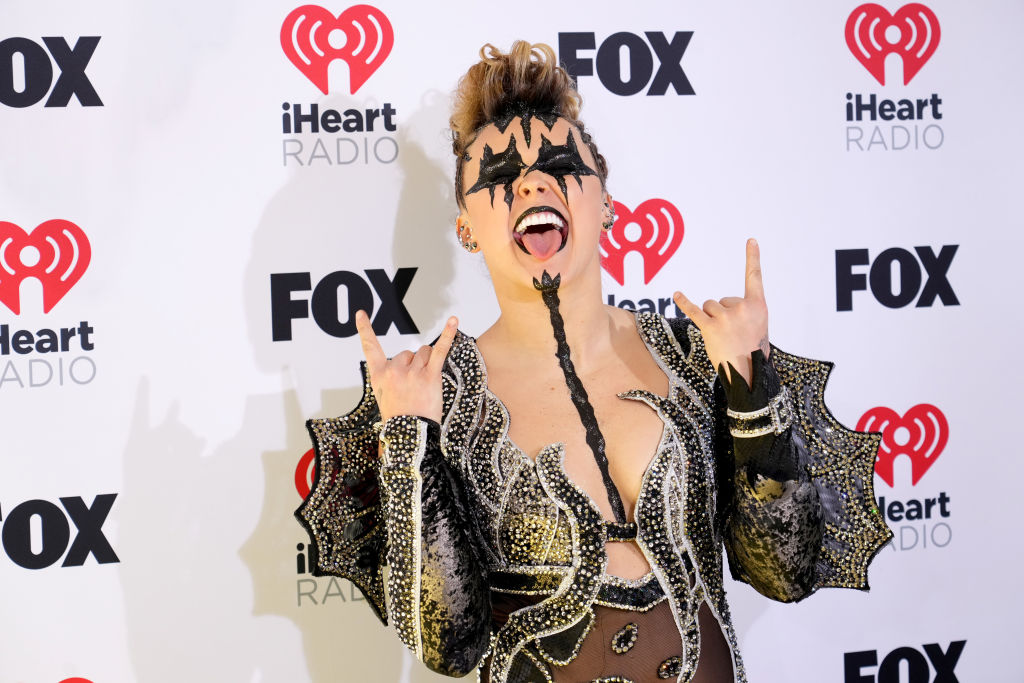I really love traveling into Wikipedia’s obscure depths. So much so that I post Wikipedia-sourced trivia pretty much every day on social media. Wikipedia gets a lot of credit for its unequaled breadth—its comically specific accounts about, say, “homosexuality in the Batman franchise” and “fictional cyborgs” and “sexually active popes”—but I have a special spot in my heart for how it handles the basics. Floor. Human mouth. Thought. Thank you (phrase). Reasonable person. Everyday life. The word The. The maddeningly banal articles that read as if they were written by aliens trying to describe humans to each other.
Sometimes I wonder about the people in the pictures illustrating these articles. Like the people grinding in the article “Grinding.” Or the couple in the “High five” article who have since gotten married, had children, and re-created the photos as a family. These are real people, immortalized by some collision of timing and contingency as the Platonic ideal of a basic human gesture.
One of my favorites in this category is the “Shrug” article, which has been educating the masses on the gesture of indifference since 2005.
Some of the content of “Shrug” should be utterly obvious to any non-alien: “The shoulder-raising action may be accompanied by rotating the palms upwards, pulling closed lips downwards, raising the eyebrows or tilting the head to one side.” Yes, that is a shrug. But there are a few surprising tidbits. Did you know that people from the Philippines, Iran, or Iraq “may interpret a shrug as a somewhat impolite sign of confidence”? Now you do.
The real triumph of the “Shrug” article, though, is its sole photo. It’s a man with a perplexing assortment of accessories: a tiara labeled “SCAMPER,” a neon wristband, a comically loose paisley tie. He’s holding some clear, unlabeled grog topped with a lime, his face plastered with a wide-eyed bewilderment that seems to suggest that he’s just as confused about the situation as you are. Until recently, the word “man” in the caption was hyperlinked to the Wiki page for “Man”—a detail that I, a Wikipedia editor and enthusiast, find almost as charming as the photo itself.
It strikes a nerve. The photo has been handpicked for the “Shrug” articles on English, German, Dutch, Spanish, Japanese, Arabic, and Bengali Wikipedias. It might be the most notable shrug in all of human existence, a particularly impressive distinction in light of how versatile and common the shrug can be. A shrug conveys ambivalence, sure. But when paired with a nod, it’s a “yes, obviously.” With a pout, it’s sheepish; with a smirk and a skeptical squint, it’s self-assured (“it’s gonna take more than that to bother me”). But for all its semantic versatility, it’s represented by a single moment in time in a Boston-area bar.
Wikipedia is created by volunteers, and most of its photos are freely licensed snaps uploaded to Flickr or Wikimedia Commons by altruistic netizens (read: randos). They’re not professional stock photos, they’re blurry shots by some guy named, like, Jeff, who got a digital camera for Christmas in 2004. Wikipedia’s content and photos are, for the most part, created by real people just like you.
So who was this anonymous shrugger and why was he so confused? Wikipedia offers no clear answers. It does, however, serve up a few clues. The photo was uploaded to Wikimedia Commons on Nov. 15, 2007 by a user called “Dazzledog,” who has made a few hundred Wikipedia edits over the past 15 years, such as re-arranging Honey Nut Cheerios and adding Oyster Cracker to the “See Also” section of Saltine Cracker. Some of Dazzledog’s edits suggest a connection to the Boston area: fixing grammar on 2004 Boston Red Sox season; updating an article about Massachusetts brewing companies; consistently maintaining the article about a Boston battle-of-the-bands competition called the “Rock 'n' Roll Rumble.” Really, all I could gather was that this person was a Bostonian who liked drinking, rock music, and editing Wikipedia. Basically everyone I know from Boston is like that, though. And I didn’t know the relationship between Dazzledog and the Shrug Guy. Had Dazzledog snapped a photo of his friend, Shrug Guy? Could it be that Dazzledog and Shrug Guy were one and the same? I could only guess.
I analyzed every detail of the photo, looking for something that would provide identifying information about Mr. Shrug. Really, all I had to go on was the tiara. What is “SCAMPER”? The internet told me that it could be an acronym about inducing creativity, a horse, or a Utah roller coaster destroyed by fire in 2021. None of these are things that I would put on a tiara and wear to a bar.
By the time I was ready to shrug the whole search off, someone on Twitter messaged me that they knew Shrug Guy, and said they'd pass along my email. I refreshed my inbox with bated breath. Soon, I received a message: “My name is Nate Rogers, and I am Shrug Guy.”
Nate proceeded to tell me that Scamper was his band—he plays guitar and sings—and that, in 2006, it had placed third in the finals of “Boston's long-running annual battle-of-the-bands contest known as the Rock 'n' Roll Rumble.” Ah yes, the Rumble. He went on:
"Historically, the winner of the Rumble receives—among other valuable prizes and bragging rights—a ceremonial tiara. This particular year, in the post-show chaos, the triumphant band left the tiara on stage after their win; we scamps mischievously grabbed it for ourselves (I believe the exact quote was “we should take that, right?”), slapped a SCAMPER sticker on it, and over the next few weeks paraded it about, photographing it in exotic destinations like the Hollywood Walk of Fame and Worcester, Massachusetts.
"Our friend Tony snapped the now-infamous shrug photo after we had played our first “post-Rumble” show at Bill’s Bar in Boston and were passing the tiara around the crowd for photos, to be mockingly posted on the Rumble champ’s Myspace page (again: 2006). We also posted the highlights on our band website the following day, had our little chuckle, and went on with our lives."
What began the photo’s trajectory into notoriety turned out to be all in the metadata tags, which included “shrug.” By early 2007, Nate recalls, the photo was the number one Google Image Search result for “shrug.” In an effort to extend his five minutes of shruggy fame, he put the photo on Wikipedia’s “Shrug” article, then an imageless stub of fewer than 50 words. He was expecting more level-headed editors to eventually replace it with something more generic and less boozy. But he figured he might as well try. Or, put another way: ¯\_(ツ)_/¯
To Nate’s surprise, his edit wasn’t deleted. Instead, his somewhat self-promotional Wikipedia insertion cemented the photo’s ranking in search results and launched it into new levels of popularity. He recalls receiving notifications from friends who’d spotted it everywhere from Buzzfeed listicles to PowerPoint decks at business conferences. On screens across the world, pixels rearrange into Nate’s 2D shrugging form. He’s everywhere.
He’s more than just Shrug Guy, though. He’s a training program manager for a biomedical research program. He’s married. He just got a dog. He and his Scamper bandmates are still friendly (albeit a little grayer than they were in 2006) but they spend more of their time being research scientists than rock stars.
For a while, Nate struggled to determine whether he chose the shrug life or the shrug life chose him. “I harbored some regret at posting the picture on Wikipedia myself; it felt like taint on an otherwise wholesome story of early internet virality,” he says. “I have since realized it was literally the funniest thing I could have ever done, particularly now that I’m giving interviews about it 15 years later.”
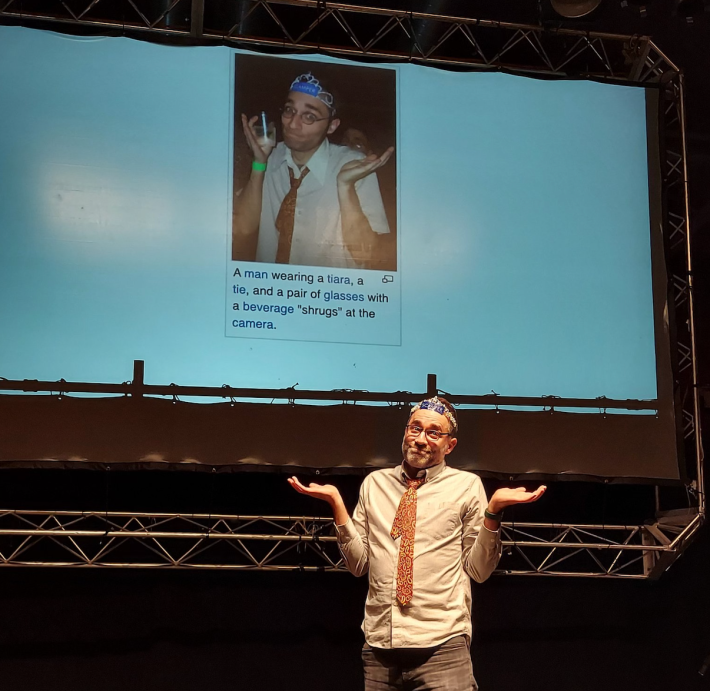
In December, I did a Wikipedia-themed comedy show in Cambridge, Mass., and I knew the night would not be complete without an appearance from the one and only Shrug Guy. When Nate showed up in the original tie and a SCAMPER tiara, I knew the audience was going to lose it.
An auditorium full of finals-week faces looked on with awe as Nate tactfully raised his shoulders and lifted his palms. His lips pressed into a tight smile. His eyes widened. His eyebrows rose. The audience erupted. After the show, a line snaked into the streets of people waiting to take a photo with Nate. It was glorious. You should have been there.
Seventeen years after the shrug, Nate still doesn’t know all the answers. But here’s one thing he does know: he won a prize greater than any Rumble.
If you liked this blog, please share it! Your referrals help Defector reach new readers, and those new readers always get a few free blogs before encountering our paywall.
Read More:
Stay in touch
Sign up for our free newsletter

